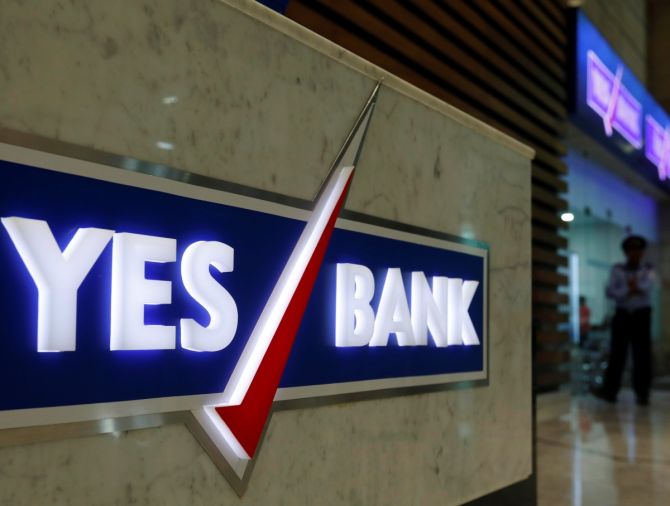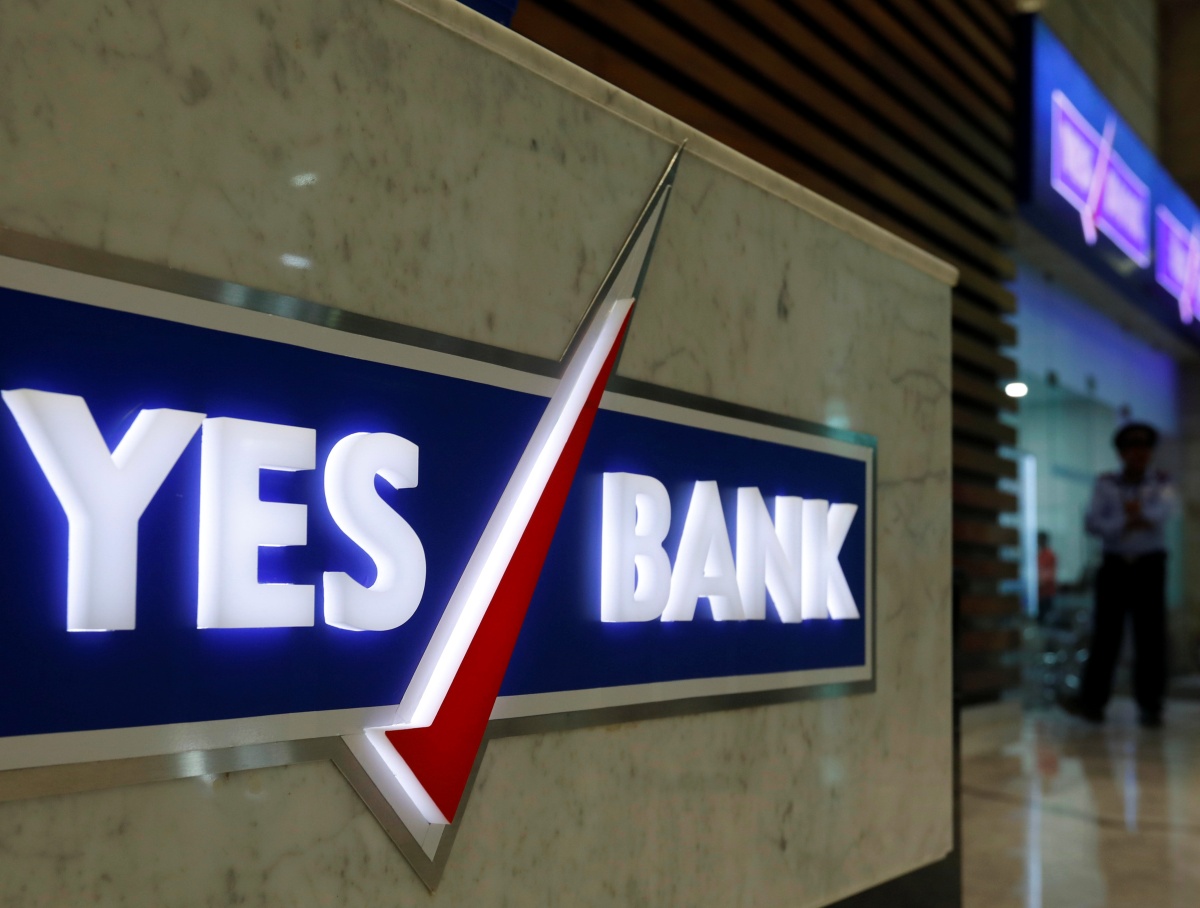‘Now we have one of the best asset qualities in the industry.’

Photograph: Late Danish Siddiqui/Reuters
“I target loan growth which is reasonable but not very risky,” Prashant Kumar, MD and CEO, Yes Bank, tells Abhijit Lele and Subrata Panda/Business Standard in Mumbai.
How is the next phase of growth going to look like for Yes Bank now that five years have passed since it was reconstituted?
If you see the bank’s performance in the last six quarters, it is a consistent trend — both in business growth and profit.
There were no blips in profit in the last four quarters. Every quarter there has been improvement of more than 10 per cent (quarter-on-quarter) in profitability.
We have solved the asset quality problem and now we have one of the best asset qualities in the industry.
Our net non-performing asset (net NPA) is 0.3 per cent and provision coverage ratio is 80 per cent.
Our slippages are coming down, credit cost is going down, and security receipts have been fully provided for.
In liabilities, our current account savings account (CASA) ratio is improving.
Cost of deposit for the last 18 months has not gone up.
We are talking about the next five years because we have made the balance sheet strong enough, where the future earnings are not going to be impacted because of any past impact.
It is important that we continue to improve profitability and reach in line with our competition.
The first milestone is reaching a return on asset (RoA) of 1 per cent by FY27. But our aspiration is to exit the Q4FY26 with a 1 per cent RoA.
In FY25, the RoA was 0.6 per cent, but we exited Q4FY25 with RoA of 0.7 per cent. We hope to reach 1.5 per cent in the next four-five years.
Your net interest income (NII) grew 10 per cent year-on-year (Y-o-Y). How are you looking to scale this up?
In FY25, NII growth is in line with the asset growth. This is because our asset growth is something around 7.8 per cent.
Our loan growth is coming from large corporates (12 per cent growth), small and medium enterprises (SMEs) and mid-market segments (20-25 per cent growth).
And, we would continue with this kind of growth for both these segments. It is only in retail where there was negative growth, which was a strategic call.
In FY26, we would look to grow our retail book by 10-12 per cent. So, it is only one part of the business, which has not contributed to the growth.
Other three parts will continue to grow in a similar manner. We are not looking for an aggressive growth target.
And, when the retail asset starts to grow by 10-12 per cent, the overall loan growth would be between 12 and 15 per cent in FY26.
Which segments in retail will you focus on to grow the book by 10-12 per cent?
So, there are four segments we will focus on — business loans, loans against property, personal loans, and a combination of affordable home loans, used car loans, and some commercial vehicle loans.
But we have been cautious and conservative and not looking for very aggressive loan growth in any of the segments.
Will these retail segments give you better yields than the traditional retail segments?
Yield levels in these kinds of products, except personal loans, will be in the range of 10-12 per cent, whereas yields on personal loans will be around 12-14 per cent.
The yields are definitely better than if you take a new car loan or home loan.
So, this kind of loan growth would also give you NII, which is better than asset growth.
How would you like your NIMs to move, going forward?
We exited FY25 with 2.5 per cent NIM. Now, we would start moving towards 3 per cent and above. But it’s a journey.
I am not suggesting or giving any guidance like by the year-end we would be crossing 3 per cent. This is not going to happen. We have taken action to reduce the cost of deposits.
We have reduced interest rates on both savings as well as fixed deposits.
Reduction on savings deposits gives you immediate benefit on margins but at the same time there is also a loan book, which is getting repriced because of reduction in the repo rate.
Can you throw light on the restructuring the bank has done?
This was done to make the whole structure very efficient.
If you have three different verticals, which can be combined into one vertical, you will get cost advantage, there will be more efficiency, and friction will get removed in terms of achieving your business targets.
We had a fee-based business, which was sitting in a separate vertical. But ultimately fee-based business is coming from branches.
We have merged it into branch banking. Similarly, micro enterprise, which is a very small segment of the SME, and everything happens through branches.
So, we have merged into branch banking. This was essentially about creating synergy and convergence at the top leadership level to drive greater efficiency.
The primary focus of the entire restructuring process was to achieve business convergence so as to ensure a more seamless delivery experience for the customer.
What is your strategy on the liabilities front?
We work on the average deposit growth. My average deposit growth is 16 per cent. Current account average growth is 20 per cent. Saving bank average growth is 32 per cent.
It’s only the term deposit where we have strategically moved away from the bulk term deposits. We have not raised a certificate of deposits.
So, when I am talking of a loan growth of 12-15 per cent, I am also very clear, my deposit growth would be a little higher than the loan growth.
I target loan growth which is reasonable but not very risky.
Have MCLR-linked loans started seeing transmission of the lower rates?
MCLR-linked loans would take some time to reflect the cut in repo rates. It would happen only when the cost of deposits comes down. So, we will see it another 3-4 months.
Feature Presentation: Aslam Hunani/Rediff.com




